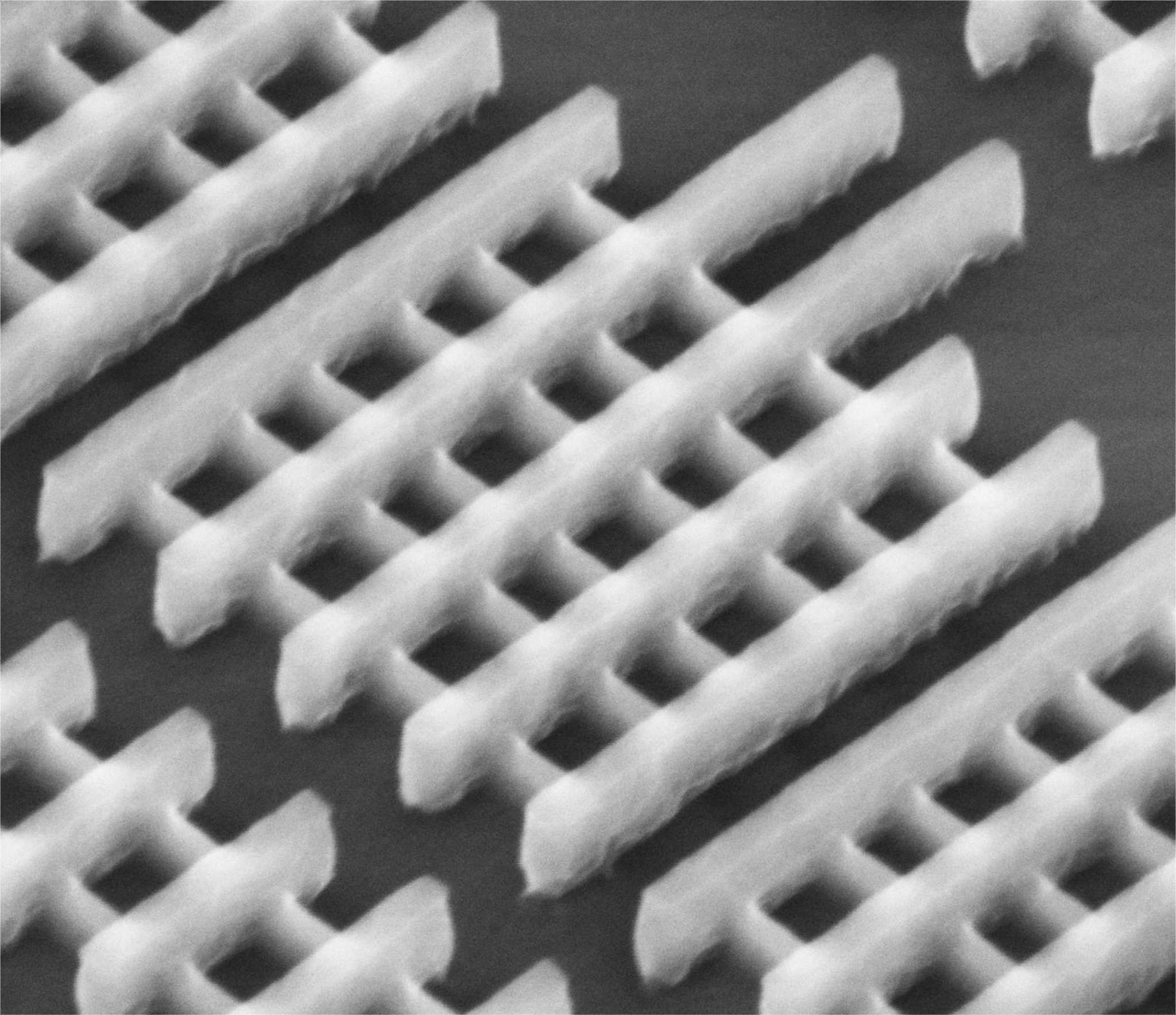I’m glad I’m travelling this week, as yesterday the impact factors have been announced. I actually forgot about the pending announcement yesterday, when some of my hosts here in Singapore reminded me about it at dinner(!). And sure enough, last night twitter was all abuzz with impact factors.
The reason I am happy I’m away from all the buzz is that the impact factors tend to get quite overemphasized. I mean, really, what does it mean, ‘impact’ factor. Per definition, the 2010 impact factor counts the citations in 2010 to papers published in 2008 and 2009, divided by the number of those papers. For more details, there is an explainer by Thomson Reuters, who publish the Impact Factors.
So what kind of impact does it measure? That of papers published there? Well, citations to papers vary a lot. Take my journal, Nature Materials. The most cited paper from 2008 for example is a review on Biosensing with plasmonic nanosensors that has 473 citations so far – coincidentally, that’s a review that I commissioned, and sure I’m glad I did. Going further down the ranks of the most cited papers from 2008, the paper at 10th place got 175 citations so far, that at 20th place 104. In other words – the impact factor has not much to do with the quality of a single paper, the distribution of citations varies a lot.
Therefore, the impact factor certainly doesn’t measure the ‘impact’ of papers, and by implication nor does it measure that of researchers. It provides an average number for a journal. But that even that doesn’t look like an absolute measure to me either. The impact factor of Nature Materials is 29.897 (yes, it’s calculated with such silly accuracy). In comparison, that of our sister journal Nature Physics is 18.423. So does that mean that Nature Materials is 62% better than Nature Physics? You better start reading the journals, as that’s certainly not the case. Of course, a journal like Nature Materials might be perceived to publish papers on average better than some journals with an impact factor of say below 10. But as a researcher you would have already known that from reading the papers published in a journal, wouldn’t you?
So what use is the impact factor number? Well, being cynical one could say it is a quick measure for those that don’t read the journals but still want to know how good they are on average. The danger is of course that this is then used as a kind of metric to assess the quality of research or to decide on the career of researchers. As it’s clear from the examples above, it certainly should not be used for that purpose.There are better ways to judge the merits of published research, such as article-based metrics and not journal-based ones. Not even my salary as an editor depends in any way on the impact factor of the journal I edit, so certainly it shouldn’t impact those of researchers.
And that’s also because the impact factor is a woefully short-term metric. On Monday at the conference here in Singapore I listened to an interesting talk by Jonathan Adams from Thomson Reuters, and he showed a citation statistics whereby for most disciplines in the physical sciences the number of citations to papers steadily increases over the years until it reaches a maximum at around 12 years (give or take a few years). So even on average for all publications considered, measuring citations for only the last two recent years can mask the true impact of a paper.
Where such short-term metrics can be useful, however, is as evidence for considerable editorial efforts by a journal. For example in case of the remarkable 30% increase in impact factor for Nature Materials’ competitor, Advanced Materials, whose impact factor now stands at 10.857. My congratulations to them on their hard work! But all in all, we shouldn’t overplay the relevance of impact factors.




June 29, 2011
8 Comments